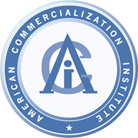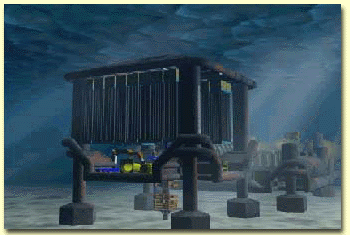 |
High Paying
US Jobs, Economic
Empowerment
&
Revitalization
of
States through Federal Power |
"Critical Field"
Technology Innovation
&
Maximized Profits on
R&D and Investments |
Prevention of Biochemical
and Nuclear Proliferation
&
Homeland Security
Technologies |
Seabed Oil Drilling Rig

Sea Bed Oil Drilling System - capable of drilling at any
depth, in ice waters of the Arctic, and capable of drilling up to three times as
fast as the current drilling systems
The Seabed Located Drilling Rig; a 'Pioneer Project'
sponsored by the ITF, representing 14 Offshore Operating Companies. The new
Seabed Drilling Rig (SDR) is simpler and considerably more economic than
previous attempts at re-locating a land rig subsea; The Rig Support Vessel (RSV)
is significantly smaller and more economic to operate.The paper describes the
SDR design and benefits: " There are no rigid risers between SDR and RSV.
" The SDR is very insensitive to weather and the RSV can 'roam'
considerably off location. " The SDR is modular and can be deployed through
a normal moon pool in the RSV " The SDR uses standard drilling procedures
and jointed tubulars " The main control of mud flows and pressures and ECD
is at the seabed. " This SDR technology leapfrogs the riserless drilling
projects, but applies some of the useful lessons learnt. " The projected
costs, per well drilled, compare favourably with floating drilling in as little
as 1,000ft (300m) of water and do not increase significantly with water depth.
" Reductions in current well construction costs of up to 30% appear
feasible in 3,500ft (1,100m) water depth. " Reductions in current well
construction costs in excess of 30% appear feasible in 7,500ft (2,300m) water
depth. " Locating the Rig on the seabed apparently offers the best
technical and economic solution for drilling in 10,000ft (3,000m) " Because
of its low depth sensitivity, this technology can be reasonably extended to
20,000ft (6,000m) water depth. The step change in economics is due to a new
method of handling all tubulars and tubular assemblies, plus a new mud control
unit, combined with the Continuous Circulation System, (presented in OTC paper
14269 in 2002). The SDR, RSV and components are protected by a series of
worldwide patent applications dating back to October 1995 and held by Coupler
Developments Ltd. and Maris TDM Ltd.
Application: Total costs, per well drilled, compete favourably with floating
drilling in shallow waters and do not increase dramatically with water depth;
This technology could eventually replace all 'floating drilling' rigs. The
extent of automation and the new tubular handling system could economically
applied to 'bottom supported' rigs and to conventional land rigs.
Results, Observations, and Conclusions: The Feasibility Study, carried out
for ITF Pioneer Projects and also supported by a DTI 'Smart Award', so far
indicates that there are no apparent show stoppers. The Detail Design Phase is
planned for 2003/2004 with a prototype operating in late 2005/2006.
Significance of Subject Matter: Escalating drilling costs with water depth,
plus an increasing need to explore for hydrocarbon in deeper waters, require a
step change in drilling method and equipment. This Seabed Drilling Rig provides
a practical and economic solution for reducing well construction costs in all
water depths beyond the reach of 'bottom supported' offshore rigs. Additionally
this technology can be extended to explore the half of the World's surface that
is beneath 10,000ftopf water and is currently out of technical or economic
reach.

